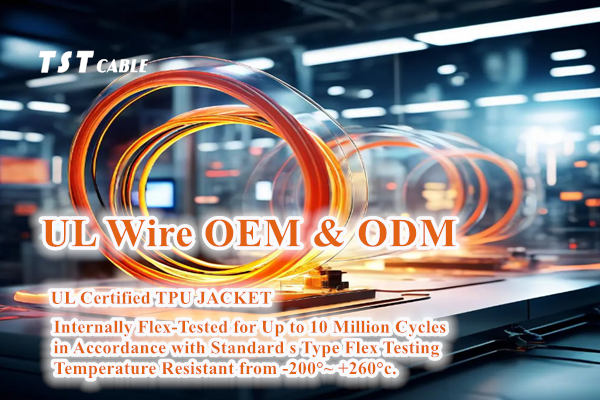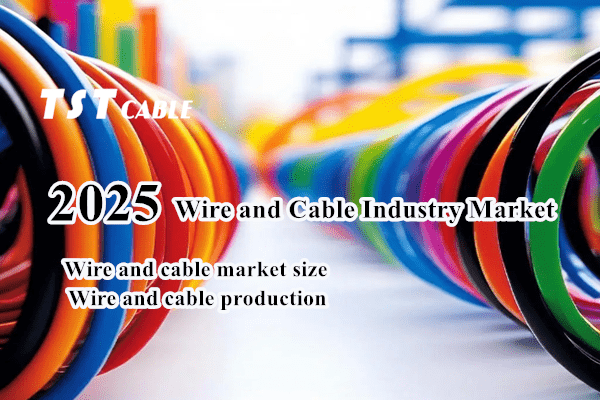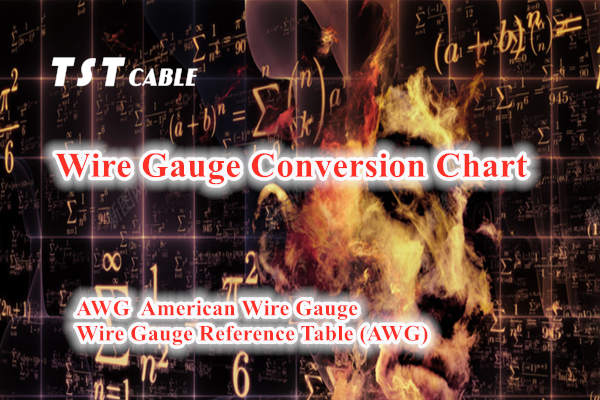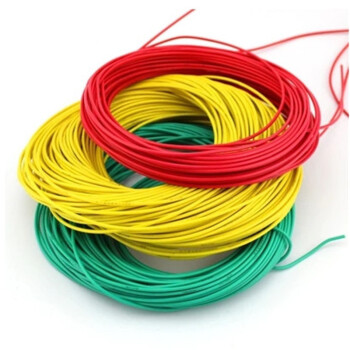Both UL1007 and UL1015 are wire standards certified by Underwriters Laboratories (UL), and they are commonly used for internal electrical wiring, such as connecting wires in home appliances, lamps and other electrical equipment. Although they are both suitable for similar applications, there are some key differences between the two:

Application range of UL1007 American standard electronic wire products:
For internal connections of general electronic equipment; connecting wires for home appliances, lighting fixtures, electronic equipment, instruments, electronic toys, electrical equipment, safety equipment, etc. When exposed to oil environments, it must not exceed 60°C or 80°C.
UL1007 American standard electronic cable structure:
Conductor: The conductor is 32-16AWG single or stranded bare copper wire or tinned copper wire.
Insulation: PVC insulation.
Core wire color: any color.
UL1007 American standard electronic wire features:
It has the characteristics of acid and alkali resistance, oil resistance, moisture resistance, mildew resistance, and environmental protection; the insulation thickness is uniform and the stripping and cutting are convenient.
UL1007 American standard electronic wire technical parameters:
Rated temperature: 80°C; rated voltage: 300V.
Burning test: passed the ULVW-1 and CSAFT1 vertical flame retardant tests.
UL1015 electronic wire
UL1015 American standard electronic wire product application range:
It is suitable for internal connection wires of general electronic equipment. When exposed to oil environment, it shall not exceed 60℃ or 80℃, and can be used for electronic equipment. The motor connection wire can reach 2.5KV.
Application standards: UL758.UL1581 and CSAC2.2NO.210.2.
UL1015 American standard electronic cable structure:
Conductor: Use 30-4/0AWG or stranded bare copper conductor or tinned copper wire.
Insulation: PVC insulation.
Core wire color: any color.
Number of cores: single core
Features of UL1015 American standard electronic wire:
Use standard thickness. Easy to strip and cut. It has the characteristics of acid and alkali resistance, oil resistance, moisture resistance, mildew resistance, and environmental protection.
Technical parameters of Chen An UL1015 American standard electronic wire:
Rated voltage: 600V.
Test voltage: 2000V.
Rated temperature: 105℃ (80℃ and 90℃)
Conductor type:
UL1007: Generally a single solid conductor, which means it is made of a single metal wire.
UL1015: It can be a single solid or multi-strand stranded conductor, the latter means that it is formed by twisting multiple thin metal wires together.
Number of classifications:
From AWG16 to AWG30, UL1007 has 8 wires; from AWG10 to AWG26, UL1015 has 10 wires.
Application range:
UL1007: Usually used in situations requiring higher precision and stability, such as signal transmission lines inside electronic equipment.
UL1015: More suitable for applications that carry higher currents, such as power lines.
Rated voltage:
UL1007: Rated voltage is 300V.
UL1015: Also 300V, but may have different voltage level requirements under certain specifications.
Insulation material:
UL1007: Common insulation material is PVC (polyvinyl chloride), and sometimes other types of insulation materials such as TPE (thermoplastic elastomer) are also used.
UL1015: PVC is also often used as insulation material, but its design focuses more on withstanding mechanical stress.
Flexibility:
UL1007: Since it is usually a single-strand conductor, it is relatively less flexible.
UL1015: If it is a multi-strand conductor, it is more flexible than UL1007 and is suitable for use in places where bending is required.
Size range:
UL1007: A wide range of conductor sizes are available, from very fine to medium thickness.
UL1015: Also offers a variety of size options, but tends to be larger conductor sizes to accommodate high current requirements.
Temperature Range:
Both UL1007 and UL1015 typically have a certain operating temperature range, but the specific temperature limits may vary depending on the insulation material. Generally speaking, the standard operating temperature range for both wires is -40°C to +105°C.
UL1007 withstands 300V and 80 degrees; UL1015 withstands 600V and 105 degrees.
Color Coding:
Color is very important for wire identification, especially when multiple wires need to be distinguished. Although color coding is not part of the standard, there are usually industry conventions to help identify wires with different functions. For example, red usually indicates positive, and black may indicate negative or ground.
Chemical and Oil Resistance:
While both wires have a certain degree of chemical and oil resistance, the specific degree of resistance will vary depending on the insulation material used. For specific applications, such as those that may be exposed to chemicals or oils, wires with higher resistance should be selected.
Ease of Installation:
Since UL1015 can be in a multi-strand twisted form, it may be easier to handle during installation, especially in situations where frequent bending is required. Due to its more rigid structure, UL1007 may require more support points to prevent bending during fixing and installation.
Cost considerations:
Cost is also a factor in choosing wires. Generally speaking, single-strand conductor wires (such as UL1007) may be cheaper than UL1015 multi-strand conductor wires, but this also requires consideration of reliability and maintenance costs in long-term use.
Which wire to choose depends on the specific application scenario and the required performance characteristics. When making a choice, factors such as the working environment of the wire, the current required to be carried, and the flexibility requirements should be considered. If you need to customize and purchase UL cables, UL1007/UL1015, you are welcome to communicate with TST CALBES engineers via email at any time, and you can also get free samples.
Also available in:
English




